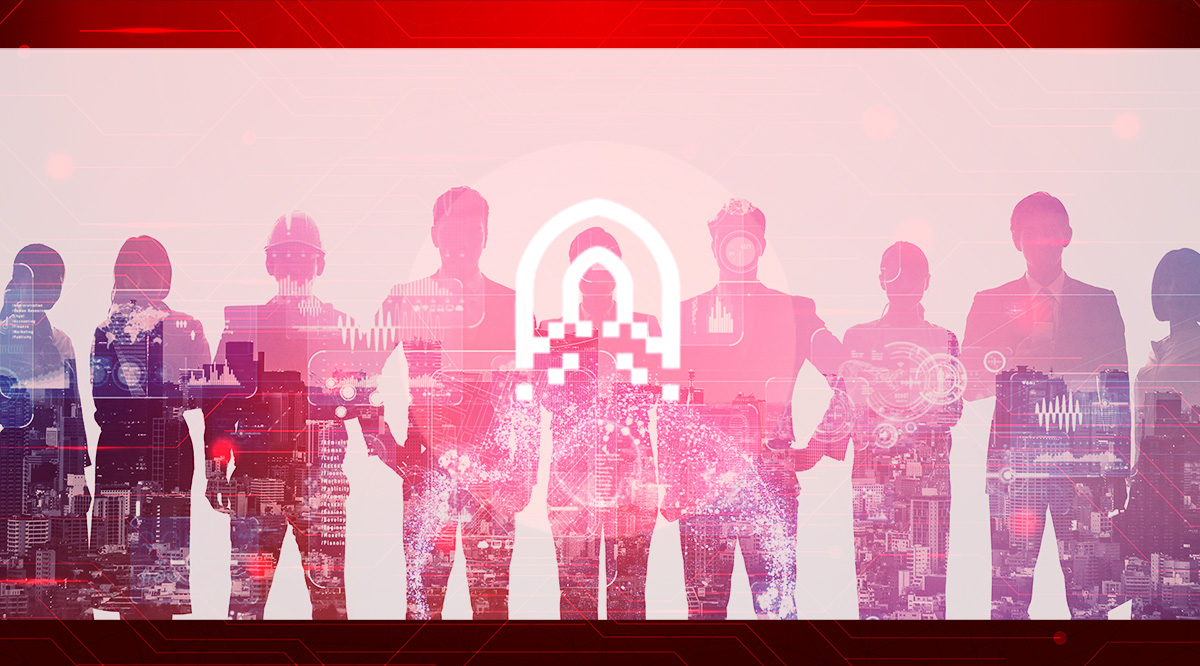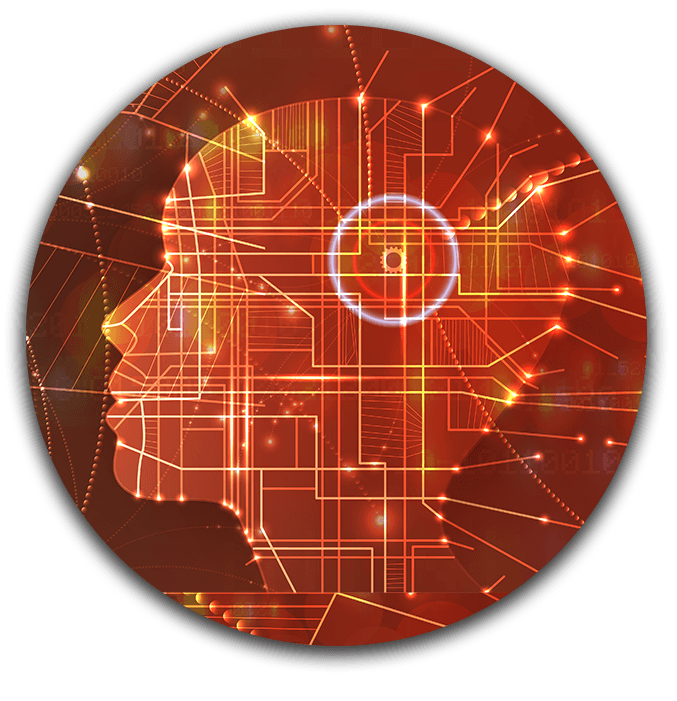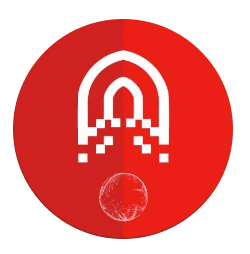


Vision
Alacrity is on course to build a brand new decentralised standard for the internet. For far too long large corporations have been allowed control of how we navigate the world wide web, thriving on our reliance for their platforms and technology.
Blockchain as an innovative disruptor has emerged to challenge this old structure. Alacrity believes this step towards the right direction has not fully delivered. A solution the network is only too happy to provide with its unique decentralised blockchain technology.
Mission
The Alacrity Network is on a mission to create a better world, one powered by the spirit of community and inclusivity. It all starts with the internet. We strongly believe the internet should work for the people and not against, and everyone deserves the chance to thrive.



What makes us different
Alacrity is built around the user. Every aspect of the platform is based around simplifying the blockchain experience so that it is as smooth and easy as the internet. Blockchain can only displace the internet when it becomes as easy to use and as useful as the current standards. This is the goal with Alacrity.






Alacrity, for the app builders
Technical Documents and Guides
Alacrity Documents
Delve a little deeper and find out more on how this innovation came about, explore our white paper and tech-document below.



Alacrity Tech Document



Alacrity Whitepaper
Guides
If you need more information on Alacrity, you are in the right place! Check out our guides to learn more about how to navigate the platform as a user, utilise the Oracle, and build your own node.
FAQ
What is Alacrity?
Alacrity is a next-generation programmable blockchain. It is fast, flexible, and allows for the creation of complex applications.
What is blockchain?
Blockchains are decentralised ledgers that allow for transparency and trust in applications.
What Core Features Does Alacrity Offer that Other Blockchain’s don’t?
Universal Oracle, Decentralised Storage, DNS, and the Alacrity Browser
What is a Universal Oracle?
A Universal Oracle is a feature that allows a blockchain to import data from any data source outside of the blockchain itself. Alacrity is the first blockchain to offer a truly integrated universal oracle.
What is Decentralised Storage?
Decentralised Storage is an integrated feature that allows applications and users to store any quantity of data in off-chain storage that they control or other cloud storage. This data can be checked for authenticity against hashes on the blockchain
What is DNS?
DNS stands for Domain Naming System and is a system that allows blockchain applications and users to have simple human-readable addresses.
What is the Alacrity Browser?
The Alacrity Browser is the easiest way to access the blockchain and use applications. It has a simple interface and uses standard addresses for navigation
What is the Alacrity User ID?
Each Alacrity User can register a unique user ID they can use to access the whole Alacrity ecosystem. This ID greatly simplifies all aspects of blockchain account management.
How much do Alacrity Transactions Cost?
All Alacrity Transactions are free! However, for users who want to send alternative coins (coins other than the Alacrity Token) they must hold a balance of ALA in reserve.
How Many Transactions Can Alacrity Do?
Alacrity can perform over 4000 transactions per second.
Does Alacrity Have Turing Complete Smart Contracts?
Yes.
How Are New ALA Coins Created?
ALA coins are issued through the block reward. The rate of issuance starts at 5% per year and decreases as time goes on until it reaches 2% by the 4th year of operation.
What Type of Consensus Protocol Does Alacrity Use?
Alacrity uses DPOS (delegated proof of stake).
How is the Block Reward Distributed?
Alacrity uses DPOS (delegated proof of stake)50% of the block reward goes to the network while the other 50% is used for platform development.
Of the half that goes to the network-
- 60% goes to block producers
- 15% goes to witnesses
- 20% goes to DaPP developers
- 5% goes to VOTING users based on the number of coins staked and used for voting
Of the half which goes to development-
- 65% is put into a fund for community proposals
- 10% is used for marketing
- 25% goes to the founding teamg
How Do Developers Earn Financial Rewards?
Developers receive part of the block reward based on how many users OR the total volume of transactions their applications do.
How Do Users Earn Voting Rewards?
Users earn rewards based on how many coins they have when they cast votes.
How Does Voting Work?
Users earn rewards based on how many coins they have when they cast votes.Alacrity relies on its users to cast votes to determine key network decisions. Each user can cast up to 1000 votes as long as they have at least 1000 ALA. If a user has more than 1000 ALA they can still only cast 1000 votes, but they will earn financial rewards on the total number of coins even if it exceeds 1000.
What is RAM?
RAM is a network resource that users and developers must own and stake depending on the amount of network resources they use. For the average user, the cost of this will be marginal.
How Many ALA Coins Do Nodes Need to Stake?
100,000 ALA.
How Many ALA Coins Do Developers Need to Stake?
Developers must stake ALA in proportion to how much network resources are used by their DaPPS.
